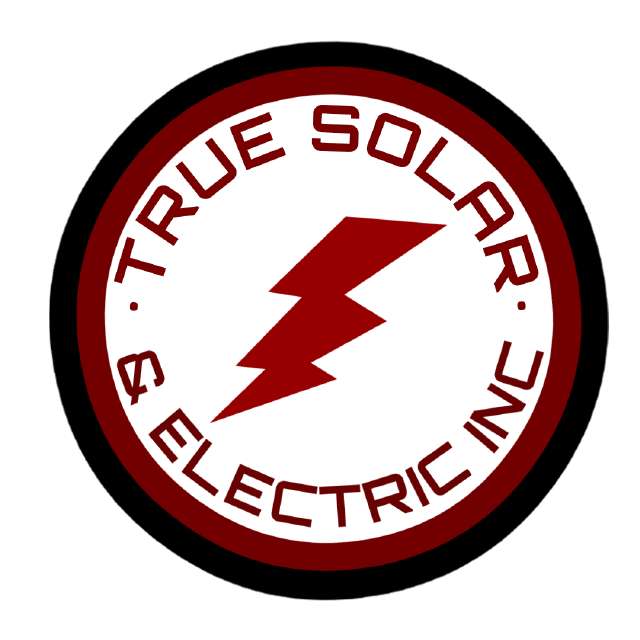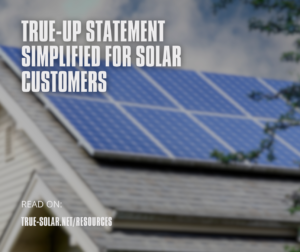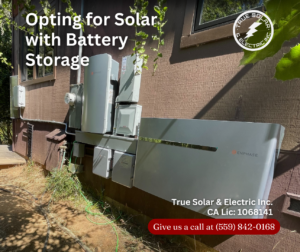If you’ve gone solar, you’re likely familiar with monthly credits or charges based on the energy you produce and consume. But once a year, everything comes together in a special statement called the True-Up.
What’s the True-Up Statement? It’s an annual summary for solar customers. At the end of your 12-month billing cycle, the True-Up statement shows the total energy charges, credits, and any compensations. Simply put, it answers: “Do I owe the utility company, or do they owe me?”
Key Factors Influencing Your True-Up
- Changes in household energy use, like getting new appliances.
- The size and efficiency of your solar system.
- Weather conditions over the year.
Extra Perk: Storing Power is More Beneficial Now Produced more energy than you used? You might earn compensation at the year-end True-Up. However, with the introduction of NEM 3, the buyback rate for surplus energy has reduced. Now, it’s increasingly beneficial to store your excess power rather than sending it back. The rates are set by the California Public Utilities Commission, and PG&E determines eligibility automatically. Investing in energy storage can help maximize your solar savings.
Read more on Energy Storage by True Solar & Electric Inc.
How Rates Impact Your Bill When you go solar, you usually switch to a Time-of-Use (TOU) rate schedule. This means the credit rate for the energy you produce varies depending on the time it’s generated.
Want a detailed breakdown? Check PG&E’s guide on How to Read Your Solar Bill.



